Raghogarh Paintings
‘Raghogarh Paintings’, a study of the stylistic distinction of the miniature from Raghogarh, a former princely state in Central India, in the collection of the National Museum, New Delhi, is a pioneer work exploring ever first a little known art style. A study on pure academic lines and unlike most other similar studies that focus more on the political history of the state patronizing an art activity rather than the painting style’s distinction the ‘Raghogarh Paintings’ explores the art activity rather than the paintings style’s distinction the ‘Raghogarh Paintings’ explores the art activity that the ‘Raghogarh Painters’ carried out for about two hundred years. It focuses mainly on the kind of ‘image’ that the ‘Raghogarh Artist made the primary vehicle of their theme besides the kind of perspective the background and the subsidiary imagery, iconographic vision anatomical modelling, art-idiom and vocabulary, palette, levels of technical maturity and phases of stylistic growth analyzing along with the character of patronage-what actually shaped this art , its theme preference across generations.
One of its prestigious treasures, the National Museum has a collection of over 335 miniature, the witness of a well sustained art activity stretching over a long period of time involving many hands that worked on them, and many minds that patronized such efforts, though strangely uninfluenced by any of the more prevalent and powerful streams flooding other Rajput courts those days. Most of these 35 miniature are still unpublished and unexplored. The ‘Raghogarh Paintings’ has included 140 of them covering not only all significant aspects of this art –activity but also some very interesting variations made in deviation from the set norms. For example, in some folios illustrating Rama-katha Rama has been portrayed blue-bodied-his usual body colour that revealed his oneness with Vishnu as his incarnation, while in the other, golden-hued-the artist’s own enthusiasm in regard to Rama’s sublime beauty as to him his model of beauty could not be otherwise than were different and the activity stretched over a long period of time, and on the other that there reflects in them the unfettered freedom of folk art-the local chiteras way of viewing their subject.
Get it now and save 10%
BECOME A MEMBER

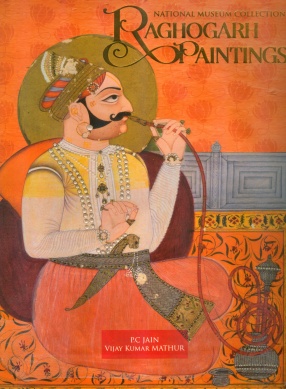
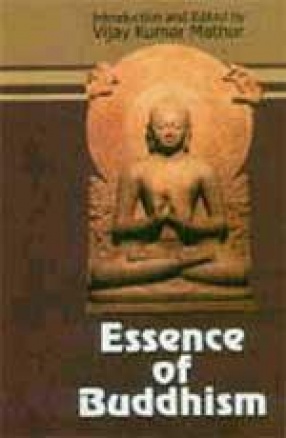
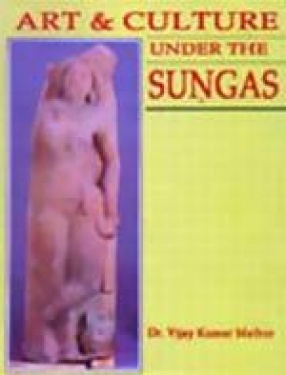
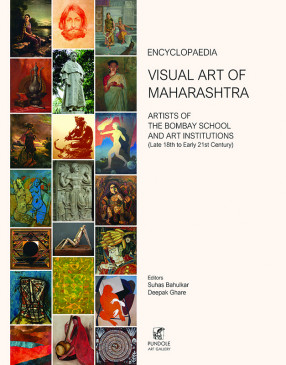
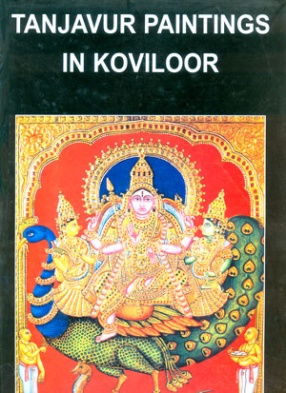
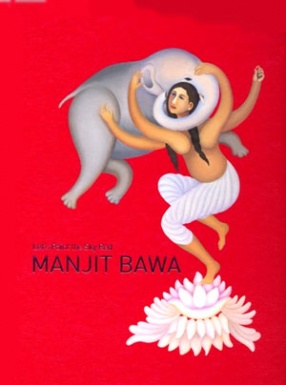
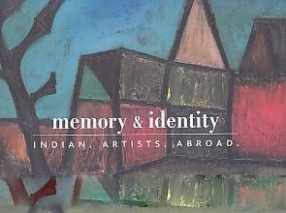

Bibliographic information
Vijay Kumar Mathur